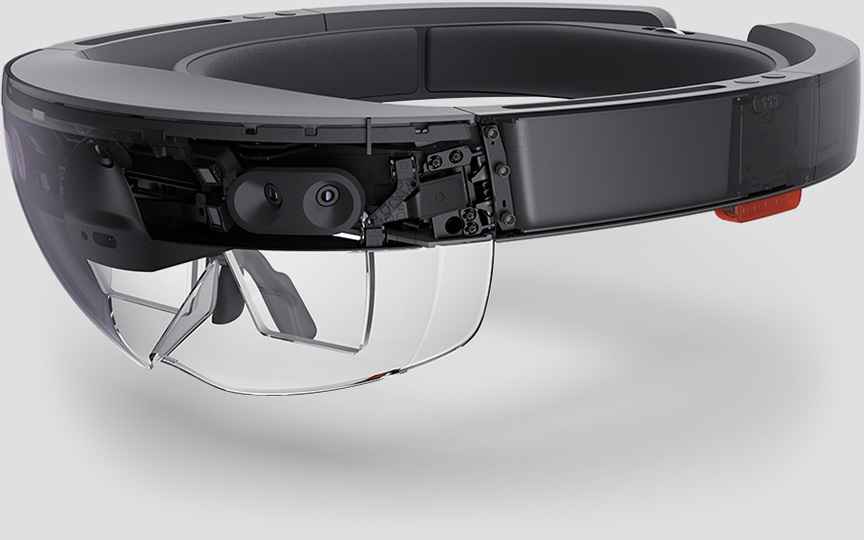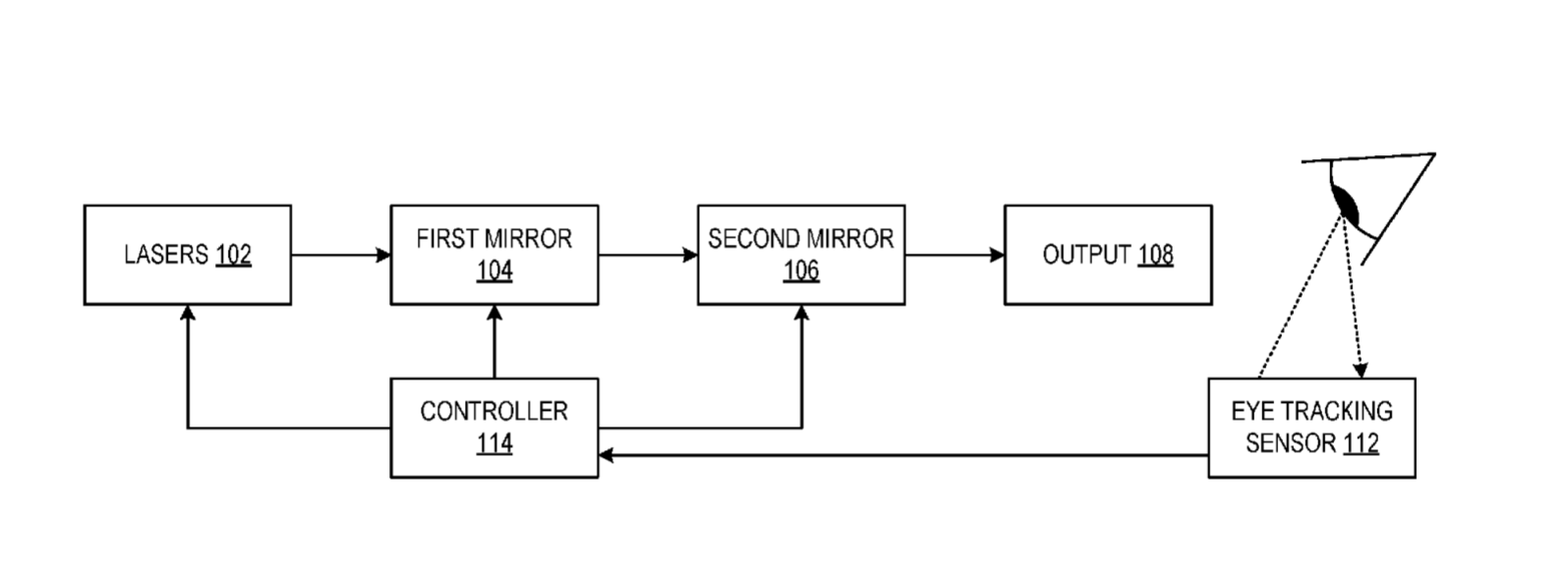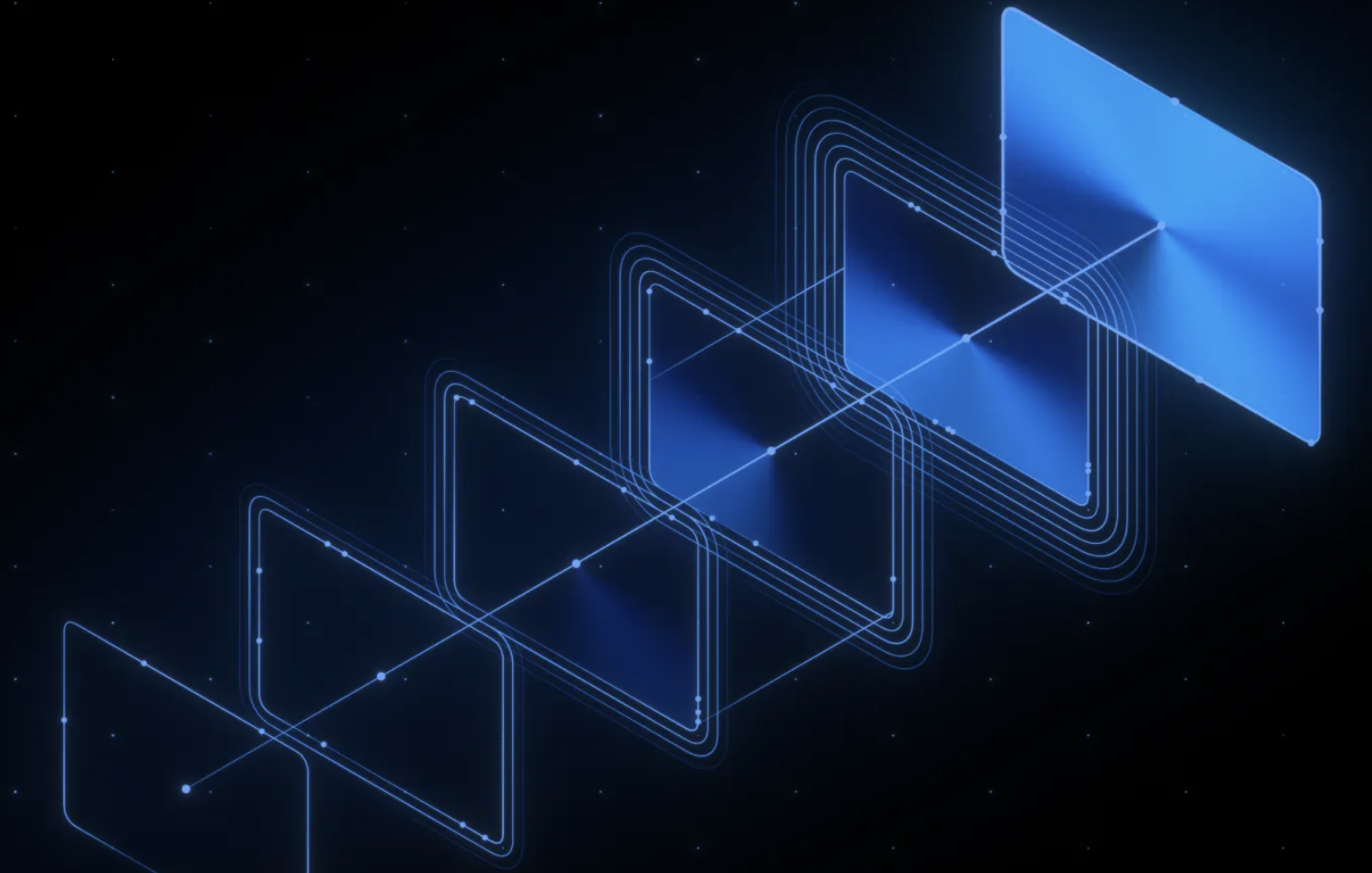Microsoft patents method for generating 4K Mixed Reality virtual images
3 min. read
Published on
Read our disclosure page to find out how can you help MSPoweruser sustain the editorial team Read more

The resolution of virtual images in your field of view is a major element of what makes mixed reality convincing and immersive.
Many Mixed Reality systems use laser scanning via MEMS mirror systems to generate images, but the physics of these systems make it difficult to create high-resolution images, with the resolution of the image depending on how rapidly the mirror reflecting and directing the laser light can move.
In the patent Microsoft explains:
However, current MEMS technology places an upper limit on mirror scan rates, in turn limiting display resolution. As an example, a 27 kHz horizontal scan rate combined with a 60 Hz vertical scan rate may yield a vertical resolution of 720p. Significantly higher vertical resolutions (e.g., 1440p, 2160p) may be desired, particularly for near-eye display implementations, where 720p and similar vertical resolutions may appear blurry and low-resolution. While an increase in the horizontal and/or vertical scan rate would increase display resolution, the former may be technologically infeasible while the latter increases power consumption. Further, high scan rates may at least partially constrain mirror scan angle and aperture, where larger values are also desired. Additionally, supporting higher resolution also may require a larger mirror size due to the diffraction limit associated with smaller “pixel” sizes. The use of such a larger mirror may further increase the difficulties in achieving higher resolutions with scanning displays, as the larger mirror leads to a lower scanning frequency.
Microsoft has a novel solution for the problem – instead of trying to vibrate the mirror faster, Microsoft proposes to simply use a second, offset laser, allowing it to address double the resolution without upgrading the mirror hardware.
They write:
As described below, an interlaced mode of operating multiple lasers may be combined with variable scan rates and/or phase offsets between interlaced frames to achieve desired spacing between laser output, in turn yielding desired image pixel spacing and resolution. The use of multiple lasers allows multiple lines to be scanned per mirror period, thereby allowing higher resolution to be achieved without increasing mirror scan frequencies, and also permits larger mirrors to be used, which may help to avoid issues with pixel size imposed by diffraction limits.
Microsoft also promises to use eye tracking so Microsoft can concentrate on the higher resolution output on the part of the image the user is actually looking at, which saves power and computational work.
The technology is applicable to a variety of output methods, including waveguides such as in the HoloLens, but also laser projection TVs and other systems which uses lasers and MEMS.
Microsoft is expected to release their successor to the HoloLens early next year, and it remains to be seen if they will implement some of these technologies in their new headset, particularly now that Magic Leap has released a device which has improved somewhat on the HoloLens 1, with features such as improved field of view.
The full patent can be seen here.










User forum
0 messages